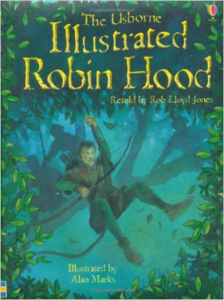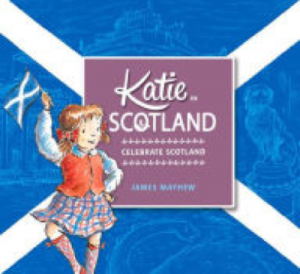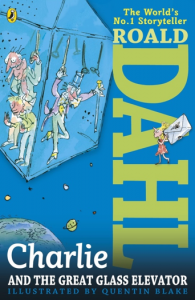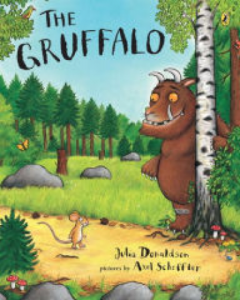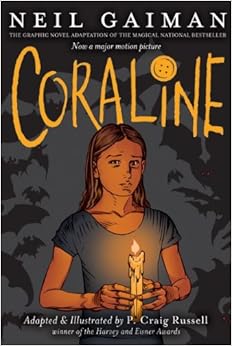Illustrated Robin Hood By: Rob Lloyd Jones
This book retells the classic story of Robin Hood. In this version Robin steals from the rich and gives to the poor. He wins a tournament held by the sheriff and becomes the guard of the sheriff’s treasure. Robin then steals all the treasure and gives it to the village people who had all their money taken by the sheriff. The sheriff tries desperately to catch Robin Hood but every time he walks away empty handed. This book would be great for students who are transitioning from picture books to chapter books. Another great aspect of this book is the section at the end that explains the history of Robin Hood and what that time period was like.

